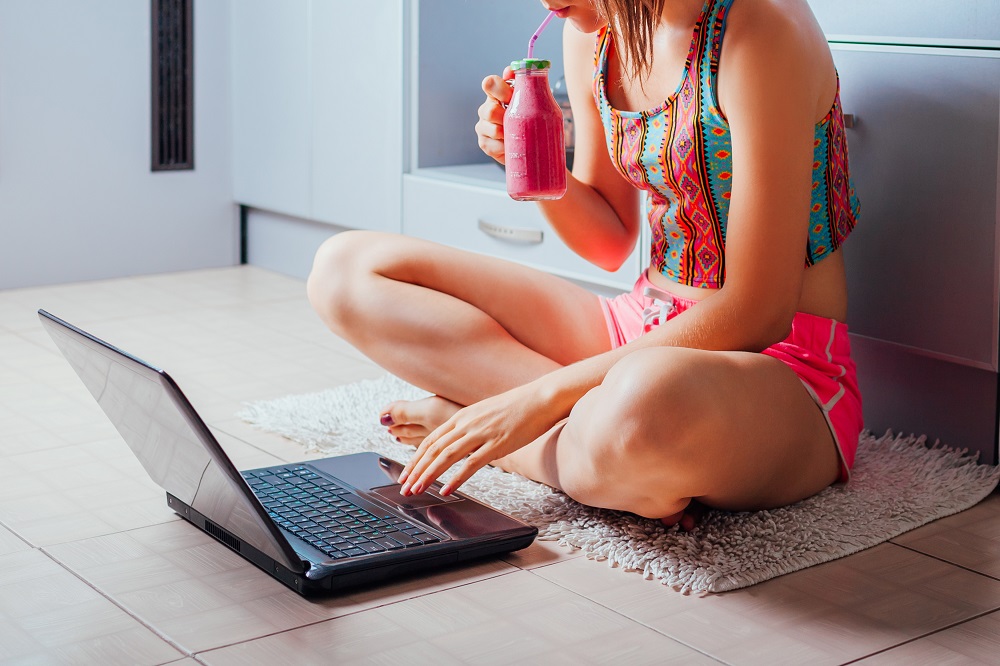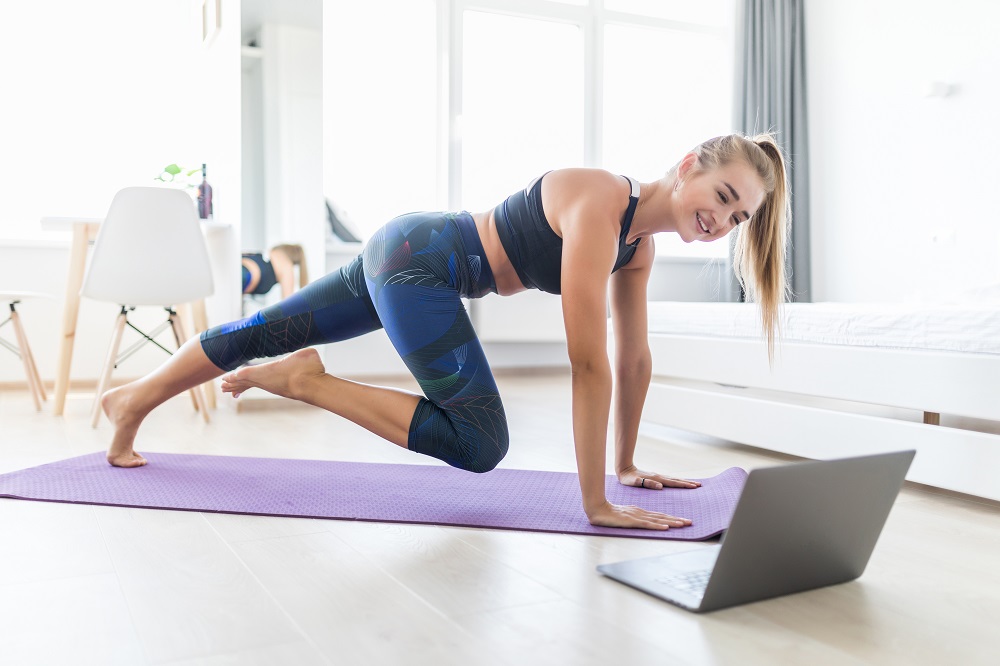
In particular, many people are spending their working hours doing their jobs from home. While this has made for a nice little break from the office, for many who are trying to lose weight and stay healthy, the change in routine can throw a wrench into your plans.
For most people, going into the office for eight hours every day provides a much-needed routine that can help us stay on track. Breaking that routine by working at home unexpectedly makes it easier to develop poor eating habits. In addition, when you’re working from home, the proximity to your kitchen’s supply of snacks certainly doesn’t help your efforts to control your eating.
If you’re wondering how to time your eating now that you don’t have your usual workday to structure your time, here is some helpful information about how the timing of your meals and snacks can impact your health.
Eating and Exercise
One of the most common questions people face when thinking about the timing of their eating is how to structure meals and snacks around exercise.
According to some scientists, planning to eat the majority of your diet’s proteins and carbohydrates just before, during, or after your workout sessions could have a positive impact on your health and wellness goals. Directly after your workout, your body is focused on building the muscles that were used during your workout and replacing the stores of energy that exercise depleted.
For this reason, many studies that examine how carbohydrates and proteins are absorbed and used in your body conclude that consuming these nutrients immediately before or after exercise is the optimum time. These studies indicate that proper timing of carb and protein intake are vital for getting you to your peek workout performance and allowing your body to get the most out of every workout.
Another important aspect of nutrition timing is metabolism. According to research, during the time immediately after exercise, your body benefits from a significant metabolism boost. This suggests that eating the majority of your diet’s carbs, proteins, and fats just before or after a workout will allow for optimum use of those nutrients in your body.
Your body is able to metabolise your food more quickly and efficiently during this time, which means that instead of using the foods to build fat stores, your body will be able to use the food that you eat to build muscle, increase energy, and burn fat.
However, it’s important to remember that you’re more likely to reap the benefits of this post-workout boost if the carbohydrate, proteins, and fats that you consume are of the healthier variety. For carbohydrates, choose whole grains and avoid overly-processed options like white bread or sugary cereals.
When choosing proteins, focus on lean options: Greek yogurt or quinoa are two excellent options. For fats, you should avoid options like butter and stick with good fats, such as those found in avocados or nuts.
If you’re looking for an eating routine during your time at home, the evidence suggests that structuring your meals around physical activity is a good way to go.

Home workouts have increased in popularity
Eating at Night
Another common question among dieters is whether eating later in the day has any significant impact on your ability to lose weight. After a long day stuck at home, many people find themselves indulging in late-night comfort foods to take the edge off. Is this behavior a weight-loss saboteur?
Not a lot of research has been conducted on the question of night eating. However, some studies indicate that among obese populations, eating too much late in the evening is a common behavior. On the other end of the spectrum, research shows that people with healthier weights tend to eat more in the morning, leading them to feel less compelled to eat large meals later in the day. The conclusions of these studies could suggest that consuming more calories later in the day is detrimental to weight loss.
When planning the meals that will be part of your day while staying home, try to plan bigger meals earlier in the day and light eating in the afternoon and evening. One benefit to a work-from-home schedule is that you most likely have more time in the morning than usual. Put this time to good use by cooking up a healthy, yet filling breakfast that will start your day off right.
If you prefer to do your workouts in the morning, having a breakfast with good carbs and protein after your workout is done will allow you take advantage of the benefits of early eating as well as the post-exercise boosts in metabolism.
Below, check out a tasty breakfast recipe for overnight oats that’s full of protein and good carbs:
Ingredients
- ½ cup (1½ oz/45 g) rolled oats
- 1 tablespoon chia seeds
- ½ cup (4 fl oz/125 ml) nonfat milk
- ½ cup (4 oz/125 g) plain, low-fat Greek yogurt
- ½ cup (2 oz/60 g) shredded carrot
- ¼ teaspoon pure vanilla extract
- ¼ teaspoon ground cinnamon
- 1 tablespoon raisins
- 1 tablespoon walnuts
Instructions
- In a jar or container with a tightly fitted lid, combine the oats and chia seeds.
- Add the milk, yogurt, carrot, vanilla, and cinnamon.
- Stir to combine, cover, and refrigerate overnight or up to a 5 days.
- Stir and top with the raisins and walnuts right before serving.

Overnight Oats With Chia Seeds
Low-Carbohydrate Diets
If your diet is one that stresses the importance of limiting carbohydrates, you may be facing a common dilemma: how do you get the boost you need for workouts without adding additional carbs to your diet? According to some research, it all comes down to the right nutrients at the right time.
For low-carb dieters, the time just before your workout is crucial. During this key period, it is important to consume foods full of creatine (such as herring, salmon, and chicken), beta alanine (such as fish, poultry, and soy), and branched chain amino acids (such as eggs, nuts, and lentils).
These key components will give you the energy that you need to get the most out of your workout without adding extra carbs to your diet.
Conclusion
No matter what your day looks like, it’s important to find a routine and stick to it. Changes to your normal daily patterns can be challenging, but with proper planning, you can keep yourself on track for achieving your diet and fitness goals.

